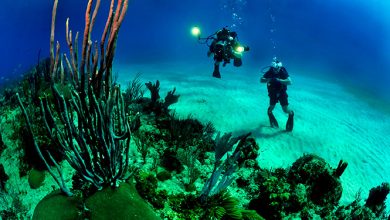Health & Fitness
Depression: How to Support a Loved One
According to the World Health Organization, depression is the leading cause of disability worldwide.

Learn how you can help someone you love who suffer from this serious medical condition
Depression is more than just feeling sad and going through a rough patch. It is a serious mental health condition. It is not only difficult for people who are suffering from depression, but it also affects their loved ones. How can you help someone who is depressed?
- Educate yourself about depression. It will help you to deal with a depressed person if you understand what depression is and the person’s feelings.
- Don’t try to cure the depression; you are not responsible. It is good to talk with him about his feelings but don’t try to be a therapist. It seems easy to see what depressed people need to do, but that is because you are not suffering from depression yourself. Advice is often interpreted as reproach. Therefore, it is better to ask how you can help instead.
- Don’t judge, try to listen. Depressed people feel ashamed of the negative thoughts about themselves, others and life. Don’t judge but remind them instead that these thoughts are part of the depression, and not part of themselves as human beings. Don’t try to convince them that the world looks differently than he experiences it, just try to listen.
- Give attention. A simple text message saying “How are you?” could be very helpful. Keep on inviting him for social events, even though you know, he doesn’t want to go and don’t expect response and interaction.
- Don’t expect interest. Not being interested in anything and feeling indifferent is part of depression.
- Take care of yourself. It can be very exhausting to deal with someone who is depressed. Set boundaries and take time for yourself.
- Offer practical help. Normal daily activities, like household chores, can be difficult for depressed people. Offer to help but avoid criticizing.
- Undertake outdoor activities together. Depressed people tend to isolate themselves: be inviting and encouraging to go, for example, for a walk together.
- Ask about suicidal thoughts. Depressed people often have those thoughts. They feel ashamed about it, and it can be helpful to talk about it. In case you think someone is indeed suicidal, you must contact a psychiatrist.
- Search for help. With early detection, diagnosis and a treatment plan consisting of medication, psychotherapy and lifestyle changes, many people get better.
Rosan Ouwerkerk is a Dutch registered psychotherapist and she runs a private practice in Playa del Carmen. If you think her help is required, you can contact her at: rosan.ouwerkerk@gmail.com







